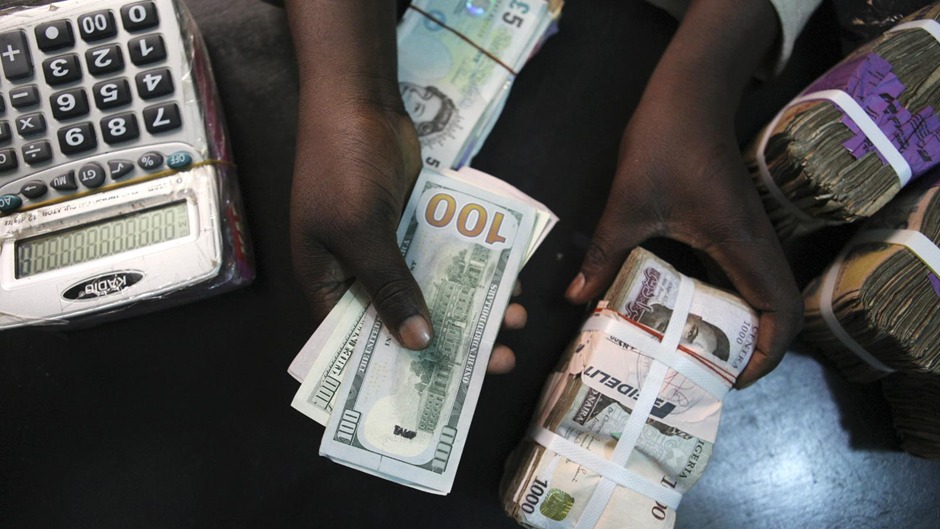Under growing pressure from the U.S. dollar index, the naira softened by 71 basis points in the official market, indicating improved stability in the unofficial market.
According to FMDQ data, the naira fell by 0.71% versus the US dollar and settled at N1,500.79, which is much less than the N1,490.2/$ that it was trading at the Nigerian Autonomous Foreign Exchange Market on Monday.
Exchangers of currencies ascribed the recent surge in demand for dollars to importers who need the haven currency to buy raw supplies and summer holidays.
Because of the new foreign capital inflows that have entered the Nigerian economy throughout the recent decrease in the value of the currency, market fundamentals underpin the naira’s exceptional stability.
The Nigerian economy benefited from almost $6 billion in contributions from the World Bank and Afreximbank, which increased the nation’s foreign exchange reserves and kept the naira stable.
Given the current calm in the market, CBN head Olayemi Cardoso recently voiced optimism for the future of the volatile era in the foreign exchange market.
The naira has been trading in the official market between a narrow range of N1,473 and N1,500/$ this month, showing some degree of stability.
“I believe that we have seen the worst of the volatility. We are happy that commerce can now be conducted in the market between willing sellers and interested buyers,” he said.
Additionally, Cardoso stated, “After a period of volatility, we’ve seen a lot of stability within the market; there’s hardly been any movement in the currency in the past two or three weeks.”
The US dollar index continues to rise
The US dollar appreciated on Tuesday as a result of hawkish comments from Federal Reserve officials and data showing that the world’s largest economy’s housing market remains stable.
These indicators point to a delayed start to the central bank’s cycle of rate reductions.
Fed Governor Michelle Bowman kicked off the dollar rally by reiterating on Tuesday that she thinks the policy rate at its present level “for some time” will likely be enough to moderate inflation. She also reiterated that she will raise borrowing fees if needed.
“Considering the uncertainty around the inflation outlook, which is higher in the U.S. than elsewhere, they sound very noncommittal and data-dependent.”
The dollar continued to rise despite the mixed U.S. data from yesterday. A poll indicates that single-family home prices in the US increased slowly in April, up 0.2% from the previous month when they were unchanged.
In the year that ended in April, house prices increased by 6.3%, following a 6.7% increase in March. That caused the dollar to slightly increase.
The Conference Board does note that, after being downwardly revised to 101.3 in May, the measure of U.S. consumer confidence dropped significantly in June, coming in at 100.4. The June number, however, was only a little higher than the 100-market expectation.
Investors are waiting for the release of the U.S. personal consumption expenditures (PCE) price index on Friday, which is the Fed’s preferred inflation indicator.
The euro settled at $1.0714, down 20 basis points from the dollar. The political turmoil in France following President Emmanuel Macron’s surprise declaration of early elections earlier this month has contributed to the pressure on the European currency.
Politics was also on the thoughts of currency traders, with the French elections beginning this weekend and the first U.S. presidential debate between President Joe Biden and his predecessor, Donald Trump, set for this Thursday.



